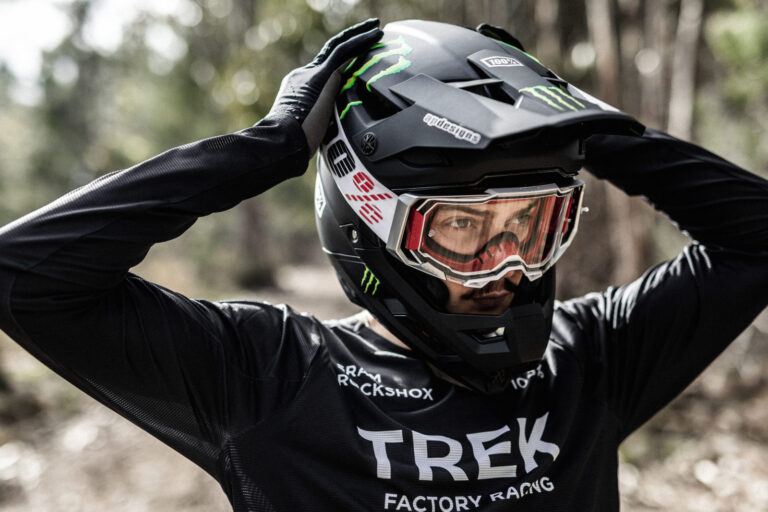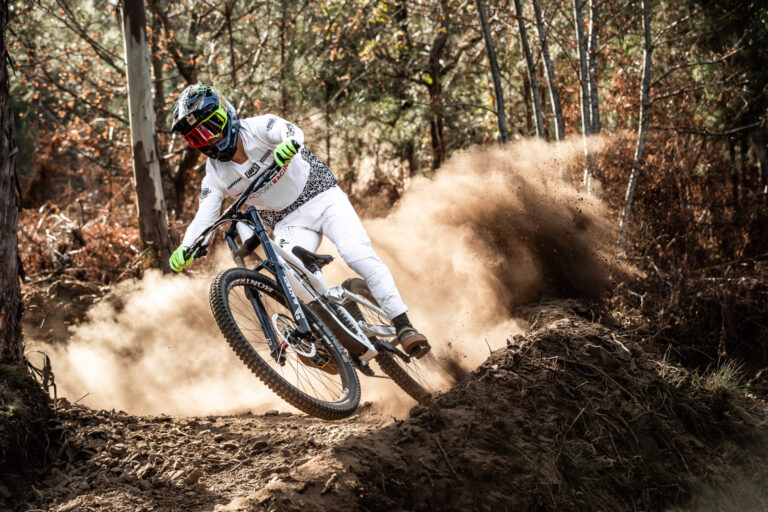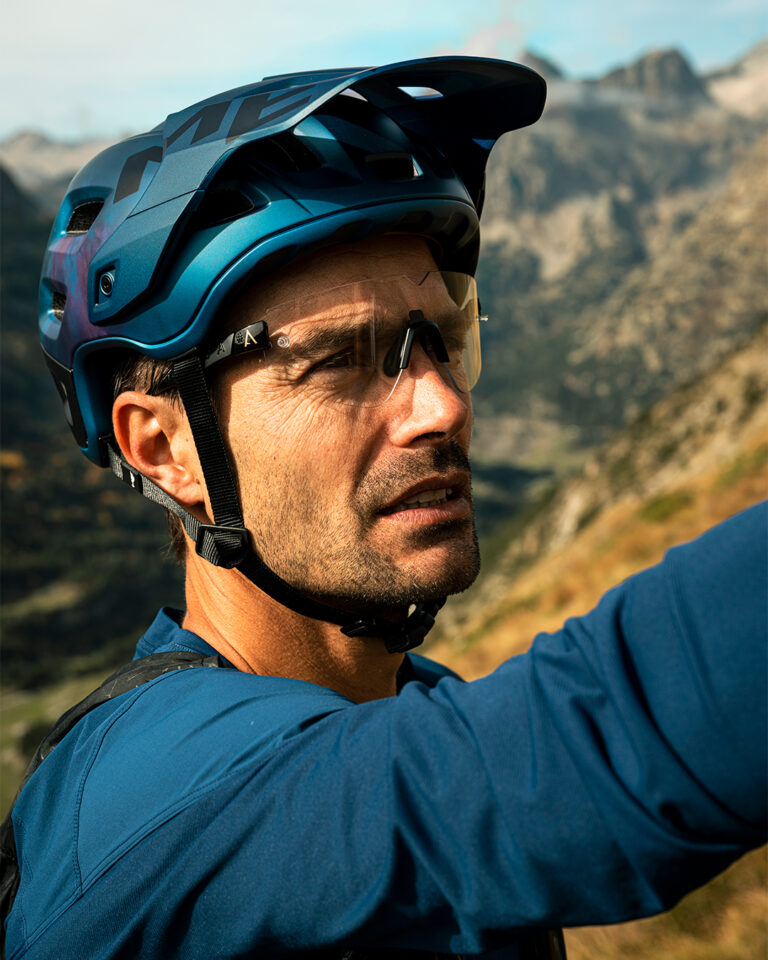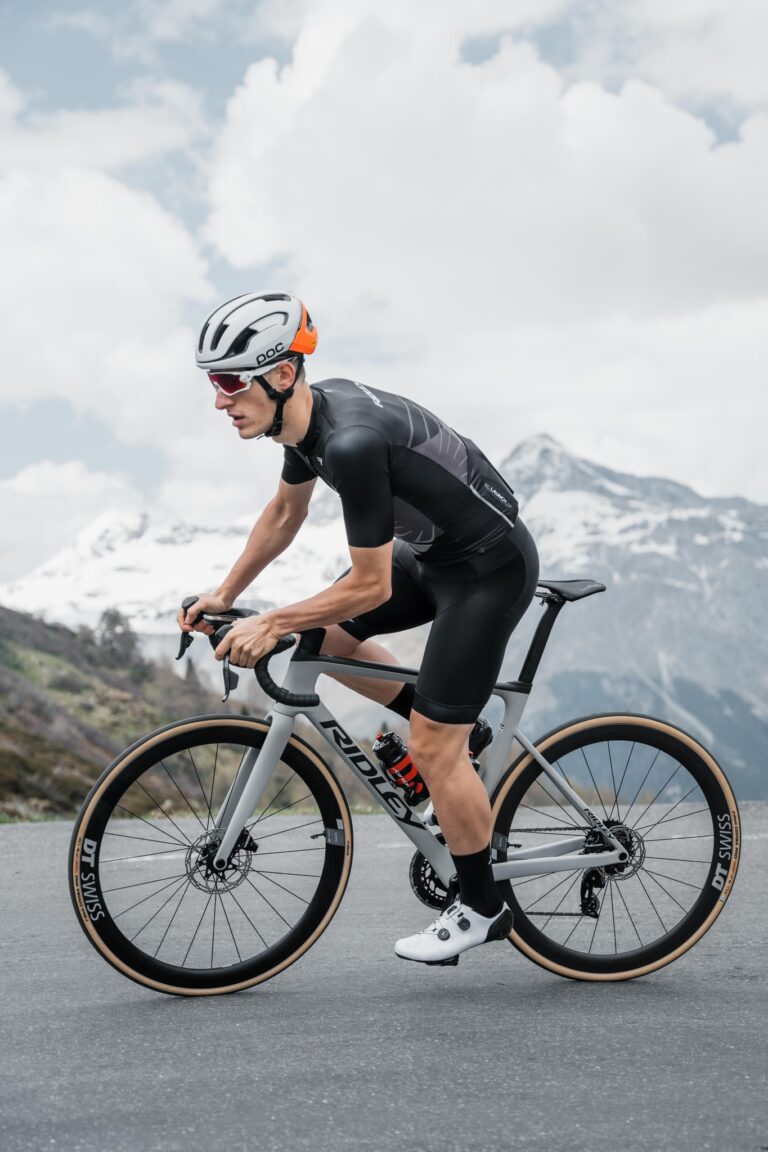Trail Armor: Advantages of Full Face Mountain Bike Helmets
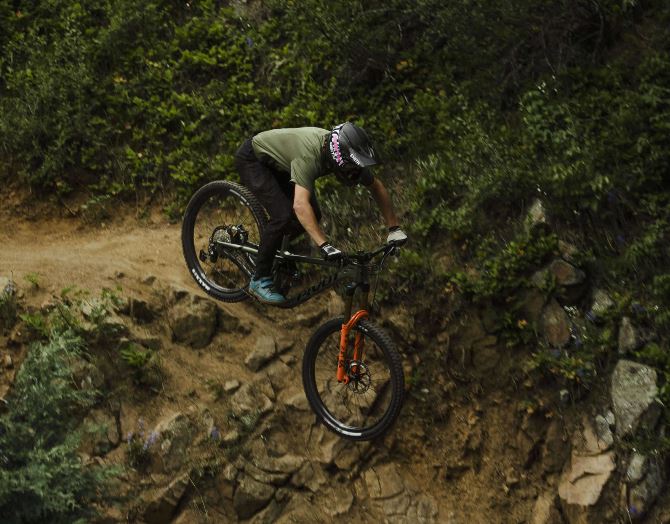
Key Point Summary of Advantages of Full Face Mountain Bike Helmets:
- Enhanced Protection: Full-face helmets offer superior protection for the face, jaw, and head.
- Confidence Boost: The added safety can increase confidence, allowing riders to tackle more challenging trails.
- Versatility: Many models come with removable chin bars, making them adaptable to different riding conditions.
- Comfort and Integration: Features like ventilation systems and compatibility with goggles enhance comfort and functionality.
Embarking on the trails with my mountain bike has always been an exhilarating experience. From the steep climbs to the rapid descents, every ride offers its own set of challenges and rewards. As someone who has raced and ridden across various terrains, including mountain biking, gravel biking, and cyclocross, I’ve come to appreciate the importance of proper gear, especially when it comes to helmets. Among the various options, full-face mountain bike helmets stand out for their comprehensive protection. Let’s delve into the advantages of full-face mountain bike helmets and why they might be a crucial addition to your cycling gear.
Comprehensive Protection
The most significant advantage of a full-face mountain bike helmet is the level of protection it offers. Unlike traditional helmets that only cover the top and back of the head, full-face helmets provide coverage for the entire head, including the face, chin, and jaw. This comprehensive protection is particularly beneficial in mountain biking, where falls can result in more direct impacts to the face.
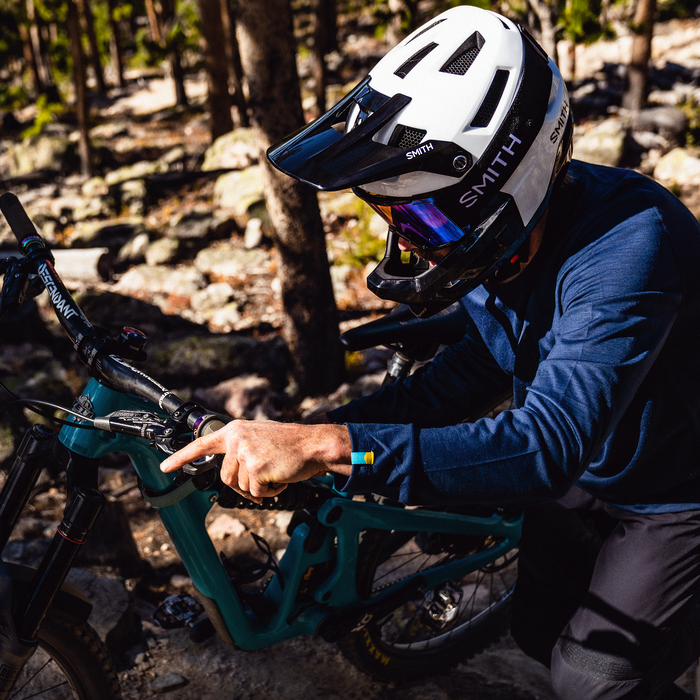
Confidence on the Trails
Wearing a full-face helmet can also boost your confidence on the trails. Knowing that you’re well-protected allows you to push your limits and explore more technical terrains with greater assurance. This confidence boost can be instrumental in advancing your skills and tackling challenges you might have previously avoided.
Versatility and Adaptability
Many modern full-face helmets are designed with versatility in mind. Features like removable chin bars allow riders to convert their full-face helmet into an open-face helmet, making it suitable for a wider range of riding conditions. This adaptability means you can enjoy the benefits of both helmet types without needing to purchase two separate helmets.
Comfort Features and Integration
Despite their robust design, full-face helmets are engineered for comfort. Ventilation systems help manage airflow, preventing overheating during intense rides. Additionally, these helmets often include features that enhance their integration with other riding gear, such as compatibility with goggles and adjustable visors, which can improve visibility and protection against debris and sunlight.

Considerations for Full-Face Helmets
While the benefits are significant, there are also considerations to keep in mind when choosing a full-face helmet. They tend to be heavier than traditional helmets, which can be a factor in longer rides. The increased coverage can also lead to reduced peripheral vision, although many designs strive to minimize this effect.
Advantages of Full Face Mountain Bike Helmets: Final Thoughts
Opting for a full-face mountain bike helmet can be a game-changer for riders seeking maximum protection and confidence on the trails. The advancements in helmet design have made full-face helmets more comfortable, versatile, and rider-friendly than ever before. Whether you’re navigating rocky descents or jumping into downhill racing, a full-face helmet offers the peace of mind to focus fully on the ride ahead. Remember, the best helmet is one that meets your specific needs, fits well, and ultimately, keeps you safe while enjoying the sport you love.
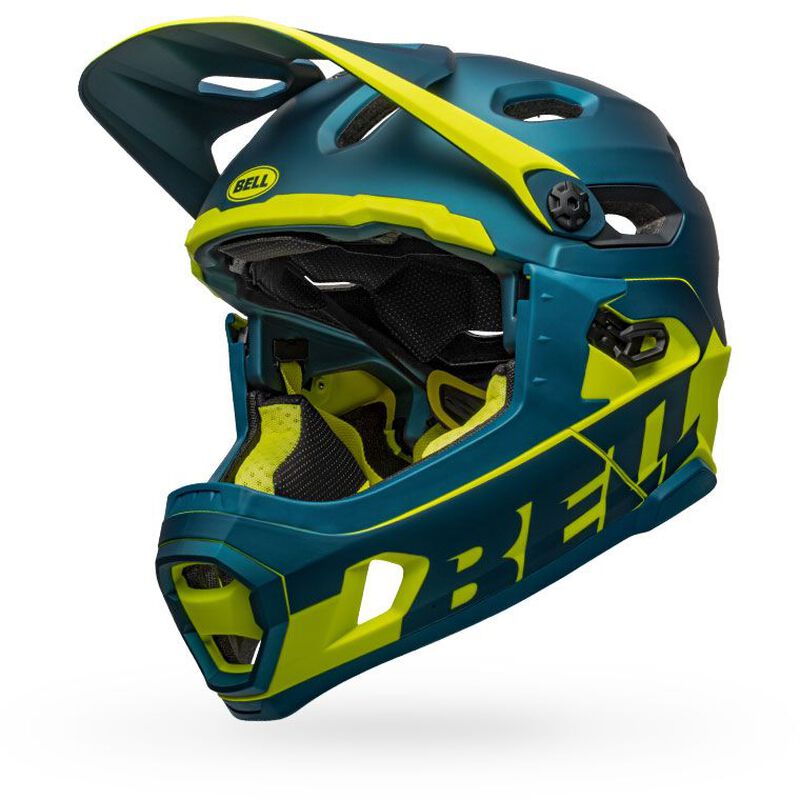
Here are some top contenders renowned for their quality, safety features, and rider satisfaction:
- Fox Racing Rampage Pro Carbon Helmet: Known for its carbon shell construction, this helmet offers an excellent balance between strength and weight. It includes MIPS technology for added rotational impact protection, making it a top choice for serious downhill and enduro riders.
- Troy Lee Designs D3 Fiberlite: This helmet combines style, comfort, and protection at a more affordable price point than its carbon counterpart. It’s known for its secure fit and extensive venting, making it a favorite among aggressive trail and downhill bikers.
- Bell Super DH MIPS: Designed for versatility, the Super DH features a removable chin bar, converting it from a full-face to an open-face helmet. It’s equipped with MIPS, making it suitable for downhill, enduro, and all-mountain riding.
- POC Coron Air Spin: Focusing on safety and ventilation, this helmet incorporates POC’s SPIN technology for protection against oblique impacts and features an advanced ventilation system to keep riders cool during intense efforts.
- 100% Trajecta: The Trajecta emphasizes comfort and lightweight protection, featuring an integrated ventilation system that promotes airflow without compromising safety. It’s a great option for enduro riders looking for a helmet that performs well in both uphill and downhill conditions.
Happy trails!
John

FAQ
Should I Get a Full-Face Helmet for Mountain Biking?
Yes, if you engage in aggressive downhill, enduro, or trail riding where falls are more likely, a full-face helmet offers enhanced protection for your face, jaw, and head.
Benefits of a Full-Face Bike Helmet?
They provide comprehensive protection against impacts to the face and head, boost confidence by making challenging trails feel safer, and often include additional safety features like MIPS. Ventilation and comfort have also improved in modern designs.
Why Are Full Face Helmets Better?
Full-face helmets are better for high-risk mountain biking activities because they offer complete head and face protection in the event of a crash, reducing the risk of serious injury.
Is a Full-Face Helmet Better Than a Normal Helmet?
For aggressive and technical mountain biking, yes, a full-face helmet offers superior protection compared to a standard helmet. For general cycling or less technical trails, a standard helmet may be more practical due to its lighter weight and increased airflow.

